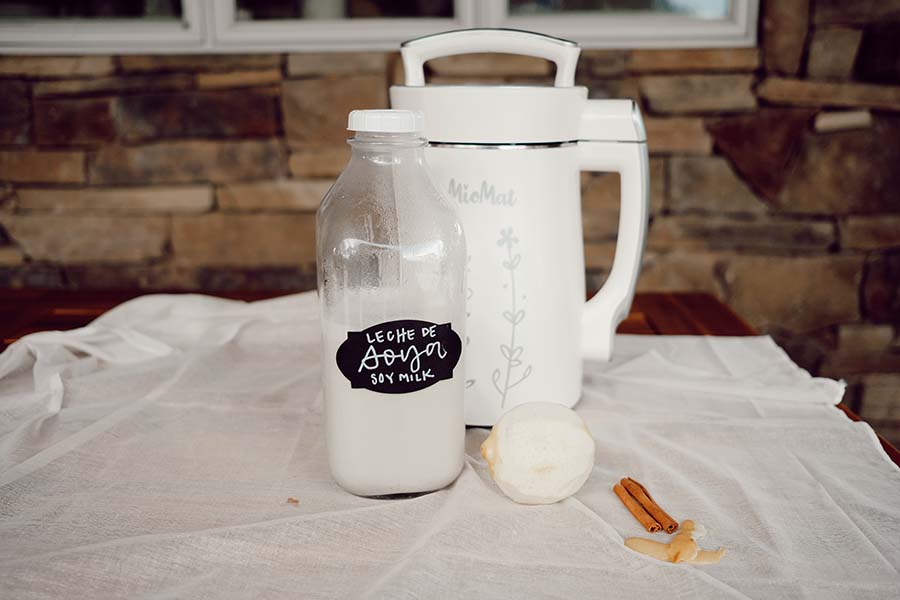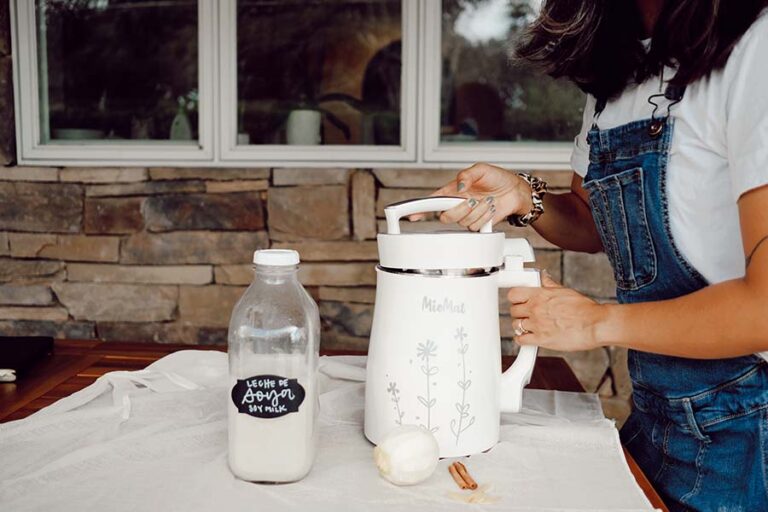Have you ever thought you’re doing something healthy for like years and then you find out your attempt to make your body a better place was misinformed—or is that just me?
I went vegetarian after reading In Defense of Food and Eating Animals. I re-introduced meat 10 years later when I nearly starved attempting the Whole 30 without eating animals. Then there was that one time I tried Keto, and it lasted two days before I decided I would rather starve than eat another great enormous ball of fat.
Except for being a vegetarian, all these diets were attempts to lose weight I didn’t really need to lose, but I’m missing the point here. The point has nothing to do with the damaging effect of societal beauty standards and the many diets I’ve tried.
The point is the oat milk I’ve been giving my kids is too sweet.
I thought I was doing a good thing when the twins turned one and I got the ok from their gastroenterologist to switch to oat milk. They had been breastmilk fortified with a dairy-based formula to help with weight gain.
And, after a lot of research on how to create optimal health—which is not at all the same as how to create optimal weight loss—we ditched dairy.
The relationship between dairy and the gut microbiome is complicated. Some studies show that fermented dairy, like yogurt and certain cheeses, can enrich the gut microbiome. There’s even a study that implanted the gut bacteria of healthy infants into mice and found it “cured” milk allergies. Another study found that diets high in red meat and dairy “led to a marked decrease in numbers of total bacteria.” Cured milk allergies might be a good thing; decreased bacteria in the gut is definitely a bad thing.
So, dairy is debatable, but you know what’s not debatable? Blue zones.
Blue zones are the placed in the world where people are living much longer than the rest of us. In said blue zones, cow’s milk is not a part of their diet.
Both girls are at risk for food allergies, intolerances, and tummy troubles.
They had long courses of antibiotics, and early antibiotic exposure is associated with an increased risk of a slew of unpleasant health issues because it disrupts the gut microbiome by killing off all the bacteria—including the bacteria we need to get the most out of our nutrition.
Dairy—even if it is nothing but a neutral party—isn’t going to actively improve their health.
While on breastmilk fortified with dairy formula, one of my kids was chronically constipated and the other had chronic diarrhea.
So, we decide to skip dairy. I took a picture of the label of our full fat oat milk to GI. I told him I was worried about the 7 grams of sugar; he told me he wasn’t, and he approved the switch. So we filled our fridge with BOGO Silk Oat milk, and immediately, things got better.
Less constipation.
Less diarrhea.
And they were drinking more milk, which is great for a couple of kids in the first percentile.
But then, things got weird.
Vivienne’s milk consumption dropped dramatically and the constipation returned. Margot’s milk consumption went up dramatically. She was downing 15, sometimes 20, ounces of milk before bed, and waking up with a stomachache followed by a massive, horse-sized blowout. (I am sure she’s really going to appreciate that sentence when she’s 15.)
I read the ingredients and nutrition facts on the oat milk hundreds of times, and I worried about it.
Sunflower oil.
Some sunflower oil is fine; some isn’t. Seeing as how the label doesn’t specify what kind of sunflower oil is in this oat milk, it’s probably not the kind I want my kids consuming in mass quantities.
Sugar.
There are 7 grams of sugar in a serving of Silk’s full fat oat milk. The sugar is a natural result of processing the oats. Natural or not, the milk is very sweet, and I couldn’t shake the feeling that my kids shouldn’t be having four or five servings a day of something that tastes like desert.
Gellan Gum, Locust Bean Gum, and the infamous “natural flavor.”
WTF even is this this stuff?
I thought about making my milk, but when your two-year-olds are the size of one years olds, you find comfort in nutrition facts that say 160 calories. And then there was the fact that I’d actually have to clean up an oat milky mess mess three times a day.

So, I let my kids keep drinking this milk for months while I debated whether it was ok for them to drink this milk. Then, the internet gods recognized my concern and started serving me ads for homemade plant milk makers—all the benefits; none of the mess. I stayed up all night scrolling through them, and by willpower and the fear my husband would think I’m insane, I bought nothing.
In the morning, I was mindlessly scrolling through Instagram—because even though I serve my kids three homemade vegan meals and two snacks a day, I’m still human—and all my crunchy friends were resharing the Oatly scandal in their stories.
I did a little searching, and found this:
Putting 12 oz of Oatly into your latte […] is almost equivalent to adding a tablespoon of table sugar into your drink.
[…] Putting a tablespoon of sugar in a 12oz coffee isn’t the craziest thing in the world. So unless you’re chugging glasses of Oatly, you’re probably going to be fine with your continued oat milk consumption.
But my kids WERE chugging glasses of oat milk, so their continued oat milk consumption was probably not fine.
So I partnered with Miomat, and I started making my own milks.

As soon as I started giving the girls homemade milk, they self-regulated their milk consumption. Vivienne drank a little more; Margot drank a lot less. Both girls started eating more real food.
The constipation resolved.
We went from daily diarrhea to rarely having diarrhea and we reduced the number of dirty diapers a day from 4 or 5 to 2.
I have no formal research to explain why this happened—all I’ve got is mother’s intuition.
The store-bought milk is dramatically—DRAMATICALLY—sweeter than the homemade milk. So Margot stopped chugging it like a carbohydrate deprived-dieter at a milkshake joint. She stopped getting stomach aches from chugging all that milk, and things just worked themselves out.
The store-bought milk had so much random stuff in it. One of those random ingredients was like causing Viv’s constipation. The homemade stuff, made with just oats, coconut, flax oil, and a date, got her regular. Now that she’s not constipated, she’s free to consume an appropriate amount of milk.
So I’m a convert now.
It’s worth the clean up. And, honestly, with the Miomat it’s not that much clean up.
I’ve got a bunch more posts coming on how I make our milk, how I store it, and the best recipes to try. So you’re probably going to want to get one of these before you get Leche Lust.
Use the code OHHILAURA for $15 off.
Full disclosure: I did not pay for my Miomat, but I did research plant milk makers and choose the Miomat specifically. Also, I receive a tiny commission if you purchase a Miomat using my link.

